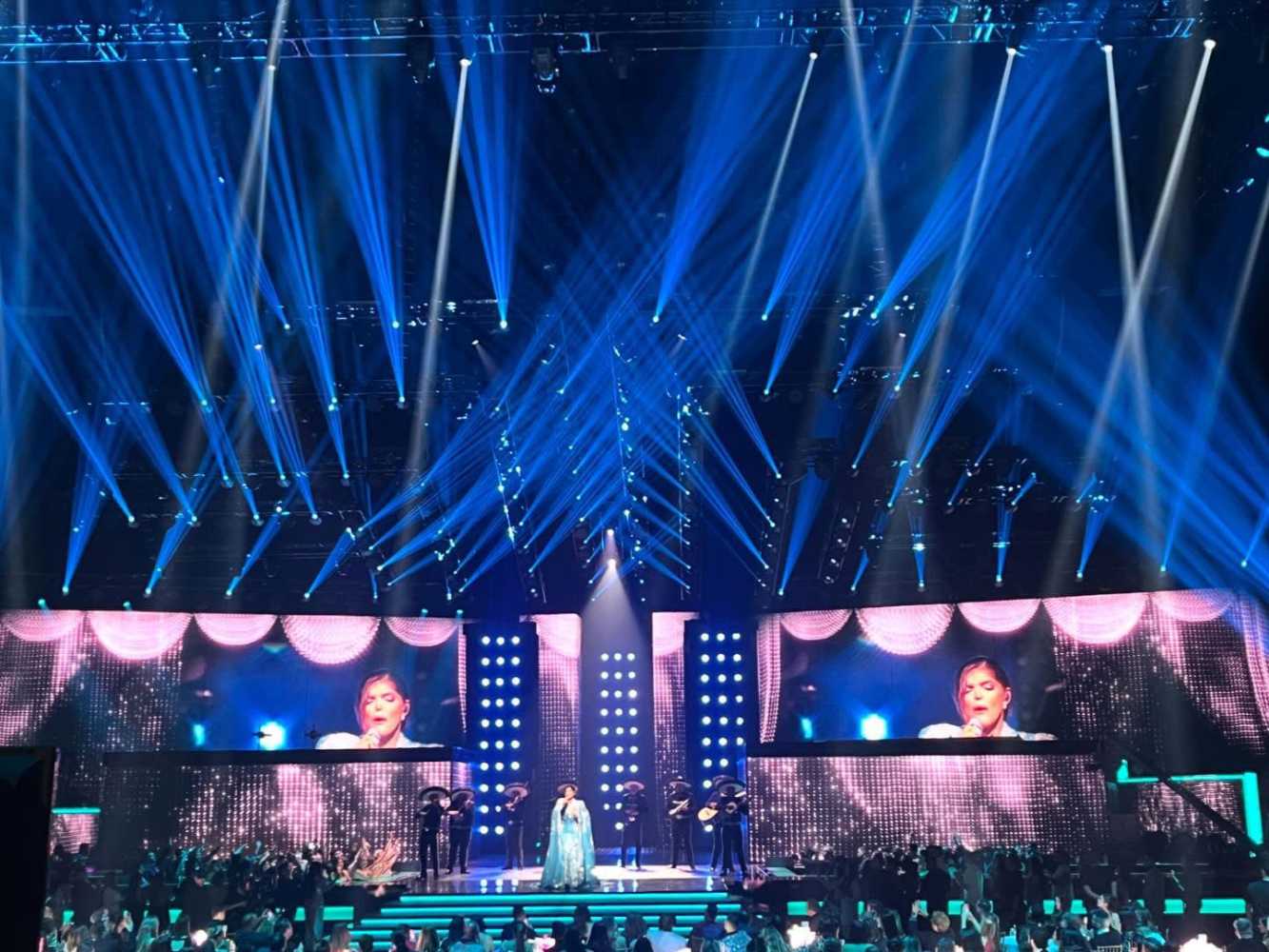Chauvet lights Premio Los Nuestro Awards
- Details

The Univision TV special featured reggaeton performer Don Omar doing a rendition of Danza Kuduro with pop-punk rocker Machine Gun Kelly. Then there was Mexican music sensation Carin León joining forces with country music star Kane Brown in the world premiere of their song The One (Pero No Como Yo). Camilo and Evaluna also broke new ground at Miami’s Kaseya Centre by performing their song PLIS for the first time on television.
The spirit of collaboration also drove the creative juices behind the vibrant production that supported the iconic awards show according to lighting designer Tom Kenny, who described the process this way: “Production designer Jorge Dominguez and I worked together to create multiple levels and lots of linear lines. With the help of a wonderful team, including Mark Butts, Fuji Convertino, Alex Flores, Ronnie Skopac House of Sam, and The Univision producers Uli and Uji, as well as the crews from 4Wall and Acme, we managed to pull off this huge colourful show.”
Contributing to this collaborative accomplishment was a collection of 277 Chauvet Professional fixtures supplied by 4Wall Entertainment. Positioned through the raked overhead truss structure as well as on the tiered stage deck the 187 Maverick MK3 Washes and 90 Rogue R1 BeamWashes added a dynamic flavour to the production with their rapid pan-and-tilt movement and intense output.
“We needed a lot of oomph to reflect the spirt of the music and the stage personas of the artists,” said Kenny. “The Chauvet fixtures were a wonderful help.”
Drawing on the colour rendering capabilities of the fixtures, Kenny used the fixture to conjure up a broad and vivid palette. “Latin music has its own colours and drama,” he said. “We went with a variety of combinations to give each song and every moment its unique look.”
Kenny and his team also continuously changed intensity levels, light angles, and the types of fixtures used to carve out a visual identity for each song. “We had very big beamy looks for some of the bigger Reggaeton, and pop songs,” he said. “Then we went with some beautiful theatrical looks with traditional palettes for others. Creating this variety was the fun part.”
















